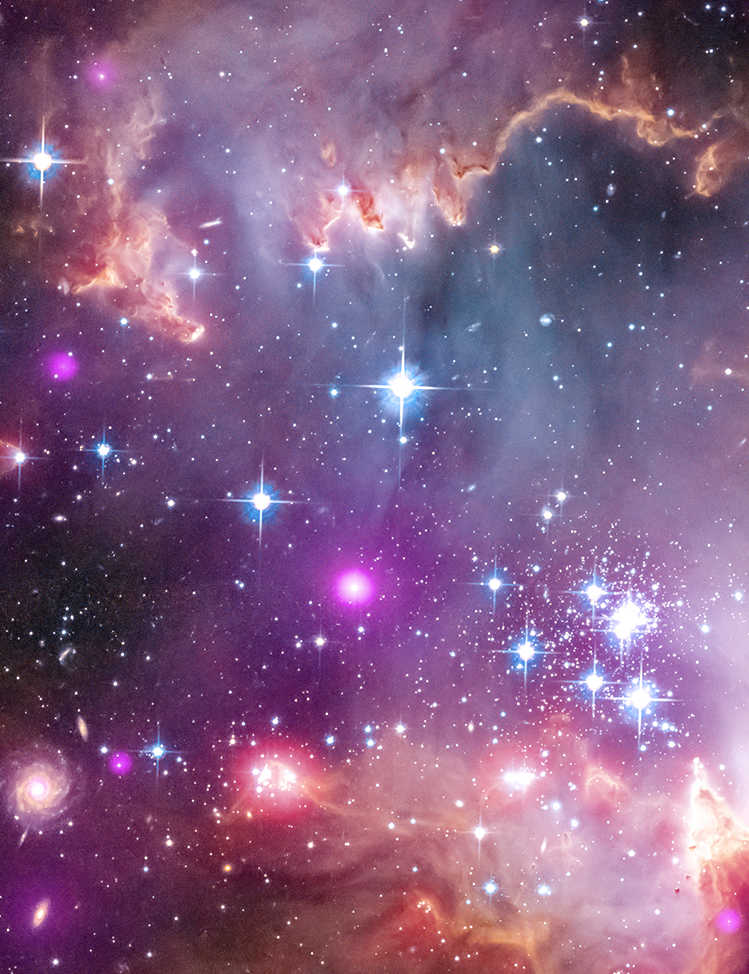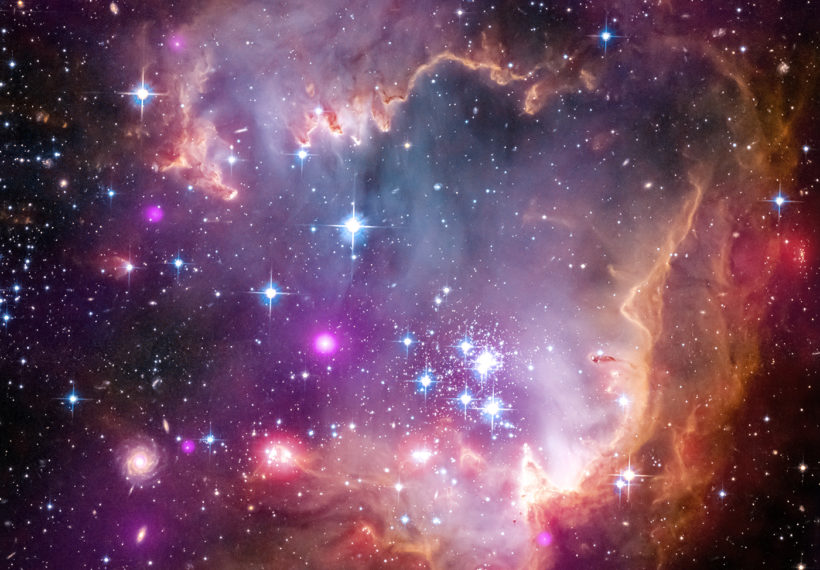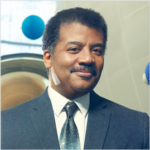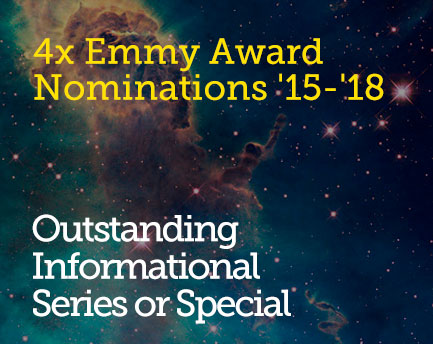About This Episode
On the universal scale, humans are basically blind. We can only see a sliver of the electromagnetic spectrum, which in turn blinds us to some of the most spectacular sights in the Cosmos. Luckily, we have people exploring what lies hidden from the human eye and can report back on their findings from behind the cosmic curtain. On this episode of StarTalk Radio, Neil deGrasse Tyson and comic co-host Chuck Nice sit down with first-time StarTalk guest Kimberly Arcand, Visualization and Emerging Technology Lead for NASA’s Chandra X-ray Observatory, to answer fan-submitted questions on X-ray astrophysics and more.
Discover more about the Chandra X-ray Observatory as it prepares to celebrate its 20th anniversary from launch. We discuss why different kinds of light in the electromagnetic spectrum are like different tools in the toolbox of astronomy. Learn about the evolution of X-ray imaging. Neil tells a story about Riccardo Giacconi, the father of X-ray astrophysics, and how his work impacts our daily security. Kim shares what she thinks would be the most exciting discovery via X-ray telescope. You’ll hear about the differences between Chandra and the James Webb Space Telescope. Get details about Lagrangian points and how they keep things in place. Explore the process that goes into naming telescopes.
You’ll also hear about how much “more” we can see with Chandra than we can see with the naked eye. We ponder what light spectrum we will observe the universe in next. We also ponder the problem of trying to observe something too big for us to comprehend. Find out if there will ever be a Google Maps for the universe. Or, better yet, if there will ever be a Stellar Cartography room like in Star Trek.
We discuss if virtual reality will ever allow the human brain to fully comprehend the enormity of the universe and the distances between celestial objects. Kim takes us through the process of turning Chandra X-ray data into beautiful visual imagery. We also discuss the idea of measuring visible light in energy, not color. All that, plus, Chuck finds out that Isaac Newton had a bigger impact on his life than he ever thought!
NOTE: All-Access subscribers can watch or listen to this entire episode commercial-free here: Cosmic Queries – X-ray Astrophysics.




 Unlock with Patreon
Unlock with Patreon


 Become a Patron
Become a Patron

